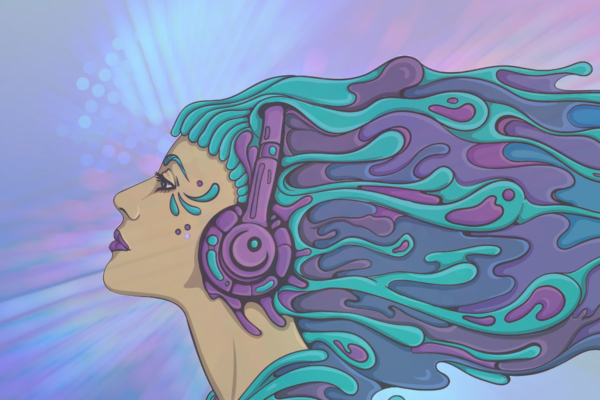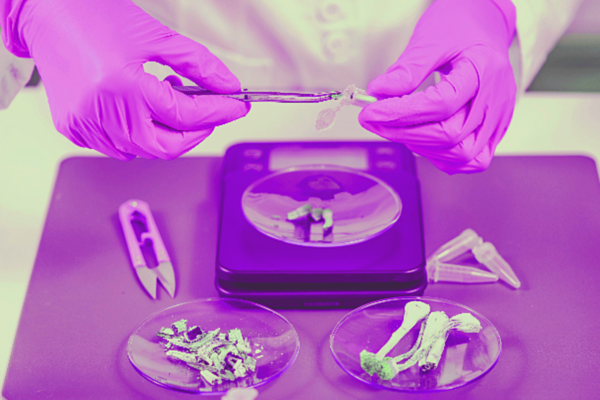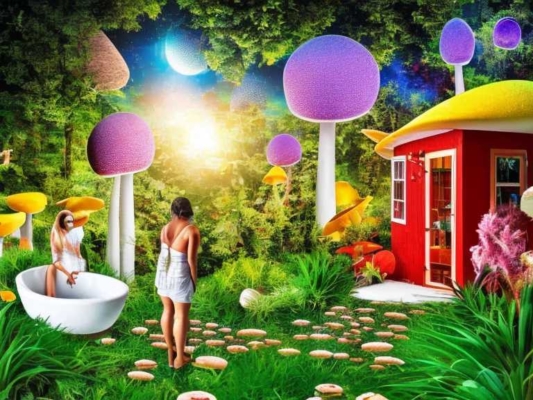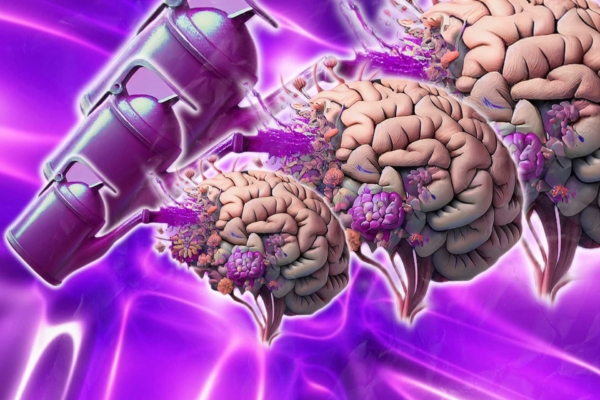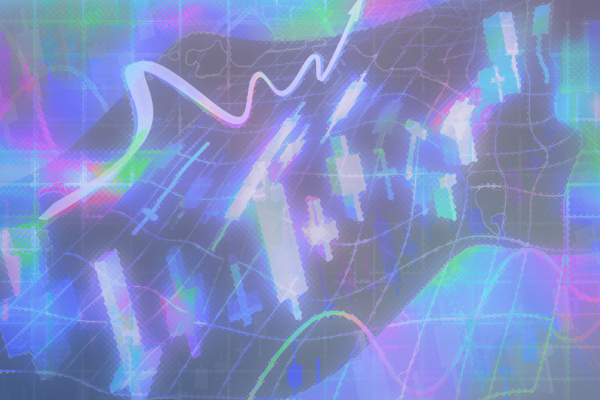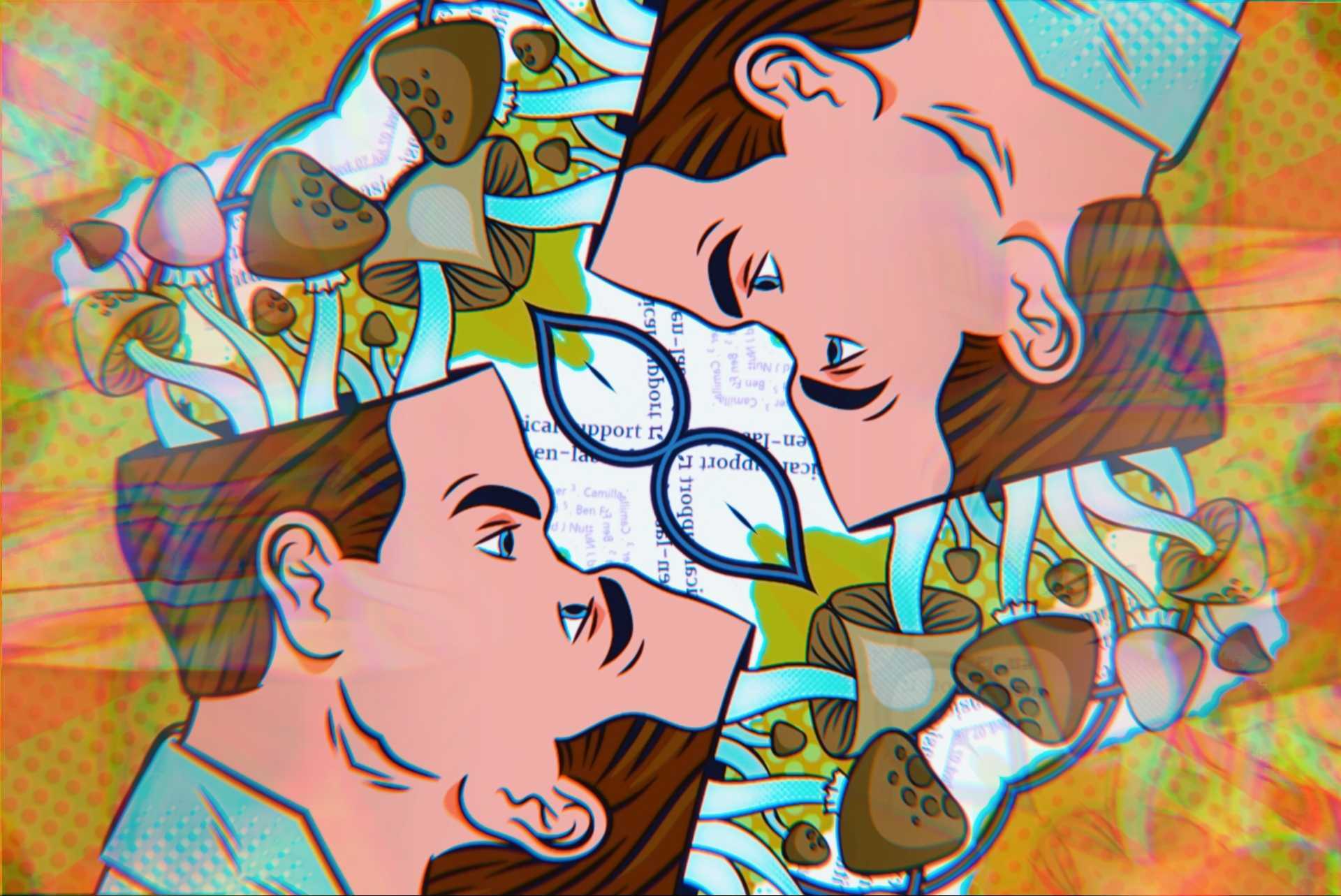
Psychedelic research has experienced a resurgence in recent years, as scientists and clinicians seek new treatments for a range of mental health conditions. From depression to addiction, anxiety to PTSD, psychedelic compounds such as psilocybin and LSD have shown promise in clinical trials and real-world settings. However, the history of psychedelic research is long and complex, with periods of intense interest and periods of suppression and stigma. Despite this, researchers have continued to push the boundaries of what we know about the potential benefits and risks of these powerful substances. In this article, we explore the top cited research papers in the field of psychedelic research and provide a comprehensive overview of the most influential studies to date, based on the number of times they have been cited by other papers.
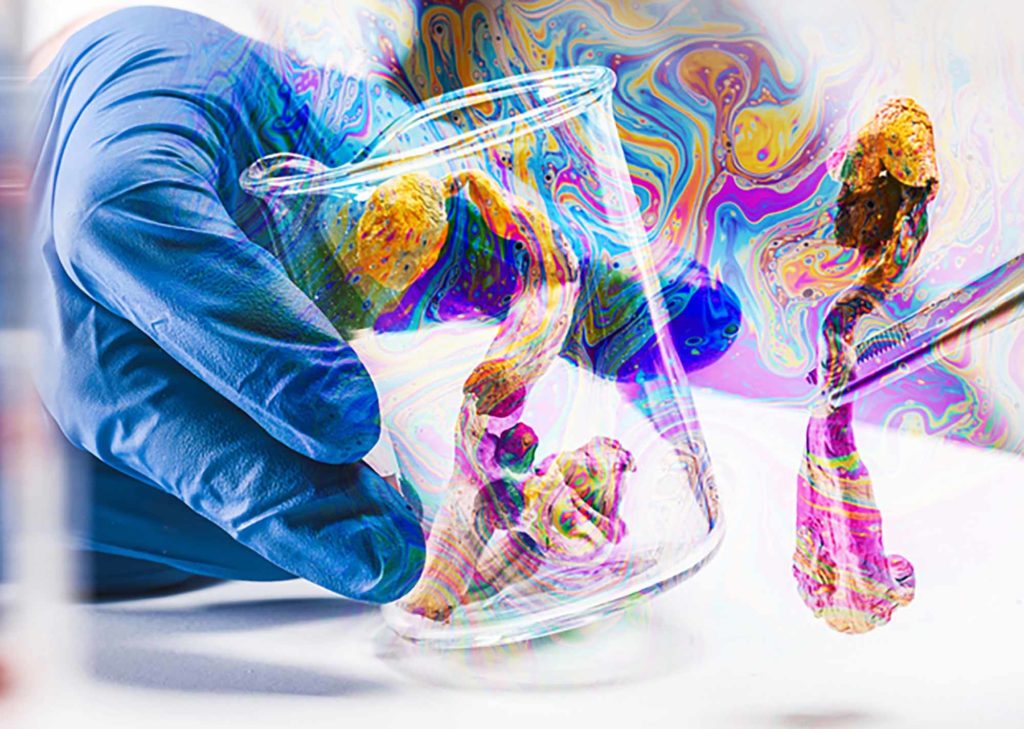
By analyzing the citation counts of individual papers via Google Scholar, we can gain insights into which studies have had the greatest impact on the field. From classic studies of the 1950s and 1960s to cutting-edge research of the present day, we examine the top cited papers across a range of topics, including the neurochemistry of psychedelics, the effects of different dosages and routes of administration, and the potential therapeutic applications of these substances.
The Science of Psychedelics: 11 Most Cited Psychedelic Research Papers
Through this review of the 11 most cited psychedelic research papers, we hope to provide a roadmap for people who want to learn more about the science that has helped fuel this psychedelic renaissance.
1.Psilocybin can occasion mystical-type experiences having substantial and sustained personal meaning and spiritual significance written by R.R. Griffiths et al. Published July 2006 in Psychopharmacology (Times cited: 1,596)

A groundbreaking double-blind study sought to evaluate the acute and longer-term psychological effects of psilocybin, a compound found in psychedelic mushrooms, compared to a control substance. The study aimed to fill the knowledge gap surrounding psilocybin’s effects, which has been used for centuries in religious contexts. The research involved hallucinogen-naïve adults who participated in religious or spiritual activities, with psilocybin and methylphenidate hydrochloride administered in alternating sessions. Throughout the experiment, volunteers were encouraged to focus inward, and their behavior and experiences were assessed using questionnaires and community observer ratings.
The results of the study demonstrated that psilocybin induced a variety of acute perceptual changes, subjective experiences, and fluctuating moods, including anxiety. Notably, it also increased measures of mystical experience. Two months after the sessions, volunteers reported that their psilocybin experiences held significant personal and spiritual meaning, which translated to sustained positive changes in attitudes and behavior, corroborated by community observer ratings. The research concluded that when given under supportive conditions, psilocybin can trigger experiences akin to spontaneously occurring mystical experiences, opening doors for rigorous scientific investigations into their causes and consequences.
2.Psilocybin produces substantial and sustained decreases in depression and anxiety in patients with life-threatening cancer: A randomized double-blind trial written by R. R. Griffiths et al. Published November 2016 in Journal of Psychopharmacology (Times cited: 1,433)

This is one of the most notorious psilocybin studies of the most cited psychedelic research papers; almost every paper that has come out after has cited this study. The study aimed to assess the efficacy of psilocybin in reducing anxiety, depression, and improving the quality of life for patients with life-threatening cancer diagnoses. A two-session, double-blind, cross-over design was employed, in which participants received either a low or high dose of psilocybin in the first session and the alternative dose in the second session. The sessions were conducted in a supportive, living-room-like environment, and the psilocybin doses were administered in identical opaque capsules. Participants were encouraged to lie down and focus on their inner experiences throughout the sessions.
The results demonstrated that a single high dose of psilocybin, administered under supportive conditions, led to significant and enduring decreases in depression and anxiety, along with increased quality of life and reduced death anxiety, which explains why it’s one of the most cited psychedelic research papers out there. These effects persisted for at least six months, with an overall clinical response rate of 78% for depression and 83% for anxiety. The study also found that mystical-type experiences during the sessions played a mediating role in the positive therapeutic outcomes. However, the study had some limitations, such as a small sample size and the significant time and cost of professional support. The authors recommend a multisite study with a larger and more diverse patient population to further establish the generality and safety of psilocybin treatment for psychological distress associated with life-threatening cancer.
3.Psychedelics by David E. Nichols. Published April 2016 in Pharmacological Reviews (Times Cited: 1,155)
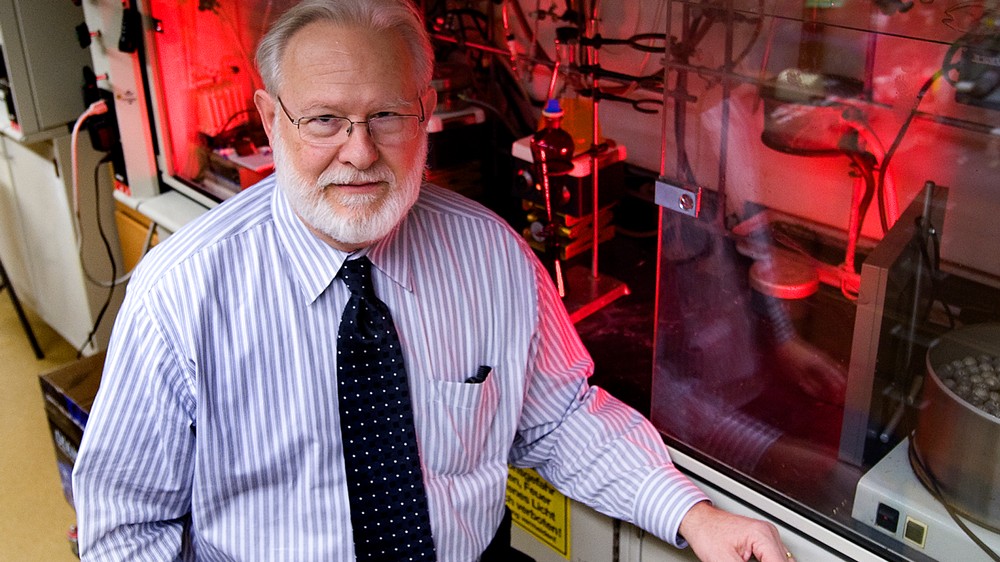
This is a comprehensive review that provides an in-depth exploration of the history, safety, mechanism of action, and potential therapeutic value of psychedelics, particularly serotonergic hallucinogens like LSD and psilocybin. Written by one of the most accomplished and cited authors in the field, this review provides a thorough review regarding every facet of psychedelics. It discusses their historical use and early research on their serotonergic basis for action. It highlights their mechanisms of action as agonists or partial agonists at brain serotonin 5-HT2A receptors, and the research that utilized animal models and imaging techniques to identify key brain areas affected by their use. The therapeutic effects are also highlighted, such as clinical studies that have shown positive relief of anxiety and depression in patients with cancer-related psychosocial distress, as well as potential benefits in treating alcohol and nicotine addiction. The review ends with a section suggesting how psychedelics have the potential to revolutionize the way we approach discovering better treatments for various disorders. This is an incredible place to start learning about psychedelics.
4.Psilocybin with psychological support for treatment-resistant depression: an open-label feasibility study written by R. L Carhart-Harris et al. Published on July 2016 in Lancet Psychiatry (Times Cited: 1,149)

This study investigated the feasibility, safety, and efficacy of psilocybin in patients with unipolar treatment-resistant depression. It is one of the most cited due to the positive outcomes that came from testing psilocybin on depressed patients. The study involved 12 patients who received two oral doses of psilocybin in a supportive setting. The study found that psilocybin was well tolerated by all patients and no serious adverse events occurred. Depressive symptoms were markedly reduced 1 week and 3 months after high-dose treatment, with sustained improvements in anxiety and anhedonia also noted. The study provides preliminary support for the safety and efficacy of psilocybin for treatment-resistant depression and suggests the need for further trials with more rigorous designs to examine its therapeutic potential.
5.Rapid and sustained symptom reduction following psilocybin treatment for anxiety and depression in patients with life-threatening cancer: a randomized controlled trial by S. Ross et al. Published on December 2016 in Journal of Psychopharmacology (Times Cited: 1,139)

Another study aimed to investigate the role of psilocybin in treating cancer-related anxiety and depression. 29 patients were randomly assigned to receive single-dose psilocybin or niacin, along with psychotherapy, in a double-blind, placebo-controlled, crossover trial. The primary outcomes were anxiety and depression assessed between groups prior to the crossover at 7 weeks. Results showed that psilocybin produced immediate, substantial, and sustained improvements in anxiety and depression and led to decreases in cancer-related demoralization and hopelessness, improved spiritual wellbeing, and increased quality of life. The psilocybin-induced mystical experience was found to mediate the therapeutic effect of psilocybin on anxiety and depression. At the 6.5-month follow-up, psilocybin was associated with enduring anxiolytic and anti-depressant effects, sustained benefits in existential distress and quality of life, as well as improved attitudes towards death. The study concludes that in conjunction with psychotherapy, single moderate-dose psilocybin could be an effective treatment for cancer-related psychological distress.
6.Pilot study of psilocybin treatment for anxiety in patients with advanced-stage cancer by C. S. Grob et al. Published on January 2011 in Archives of General Psychiatry (Times Cited: 1,124)

This is a pilot study examining the safety and efficacy of psilocybin in treating anxiety in patients with advanced-stage cancer. A pilot study is a small-scale test of the methods and procedures to be used on a larger scale. This was a double-blind, placebo-controlled study with 12 participants who received a moderate dose of psilocybin. The results showed safe physiological and psychological responses, with no significant adverse events. The State-Trait Anxiety Inventory demonstrated a significant reduction in anxiety at 1 and 3 months after treatment, while the Beck Depression Inventory revealed an improvement in mood that reached significance at 6 months. The study established the feasibility and safety of administering moderate doses of psilocybin to this patient population, supporting the need for more research in this field. The study provides evidence that psilocybin, when administered in a supportive setting, can produce safe, immediate, and sustained improvements in mood and anxiety in patients with advanced-stage cancer.
7.Neural correlates of the psychedelic state as determined by fMRI studies with psilocybin written by R. L. Carhart-Harris et al. Published January 2012 in Proceedings of the National Academy of Sciences of the United States of America (Times cited: 1,078)

The study examined the effects of psilocybin on the brain. Scientists wanted to know how psilocybin affects the brain, so they gave it to healthy people and used MRI scans to look at changes in brain activity. Fifteen healthy, hallucinogen-experienced subjects were given psilocybin while their brains were scanned with two different functional MRI techniques. They found that psilocybin caused decreased blood flow to certain parts of the brain, including areas involved in thinking about the self and processing emotions. The findings provided insight into how psilocybin affects brain function and may have potential therapeutic applications.
8.Mystical-type experiences occasioned by psilocybin mediate the attribution of personal meaning and spiritual significance 14 months later by R. R. Griffiths et al. Published on May 2008 in Journal of Psychopharmacology (Times cited: 938)

This study is important considering that it highlighted the impact psilocybin had on patients way before the psychedelic renaissance had started. Published in 2008, almost a decade before research ramped up, this study examines the long-term effects of a high dose of psilocybin. It complements and serves as a follow up to Griffiths’ paper on the same subject two years earlier. This study involved 36 adults who were given oral psilocybin in one or more sessions, with methylphenidate given in other sessions. At the 14-month follow-up, over half of the participants rated the experience as among the five most personally meaningful and spiritually significant experiences of their lives, with 58% meeting the criteria for a “complete” mystical experience. The study found that the mystical experience assessed on the session day played a central role in the high ratings of personal meaning and spiritual significance at follow-up. The study suggests that when administered under supportive conditions, psilocybin can produce experiences similar to spontaneous mystical experiences, which are considered highly meaningful and significant.
9.Psilocybin induces schizophrenia-like psychosis in humans via a serotonin-2 agonist action written by F. X. Vollenweider. Published on December 1998 in NeuroReport (Times cited: 927)
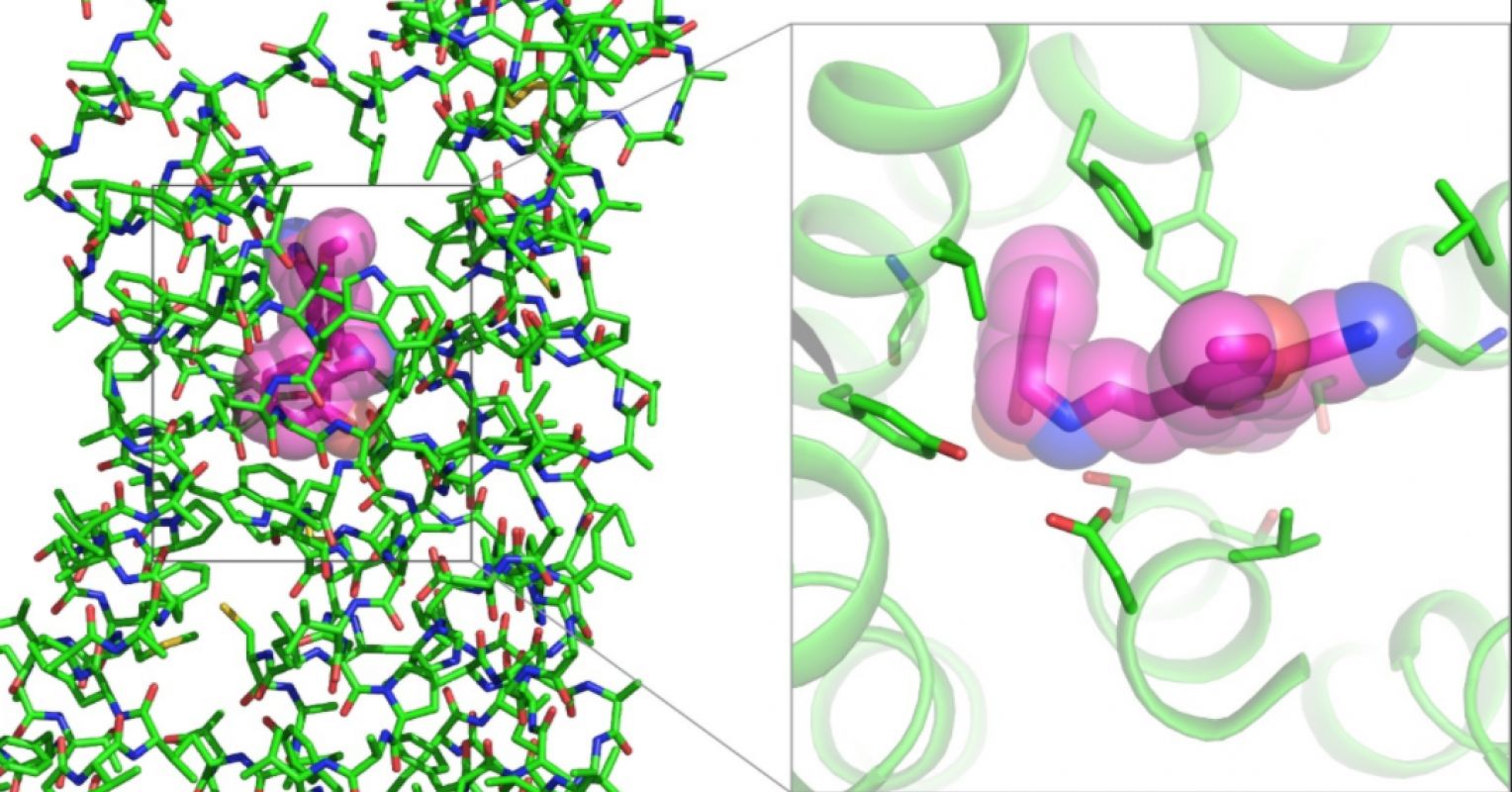
This is an incredibly influential paper that helped shape our understanding of how psychedelics work. Published in 1998, this paper was decades ahead of the curve and was the first to discover that psychedelics used the 5-HT2A receptor to elicit their effects. The study focused on psilocybin and its ability to cause a temporary mental state that resembles the first episode of schizophrenia in humans. The effects of psilocybin were blocked by a 5-HT2A antagonist and an atypical antipsychotic but increased by a dopamine antagonist and a typical antipsychotic. These findings suggested that psilocybin-induced psychosis was due to 5-HT2A receptor activation, independent of dopamine stimulation, which we now understand is the case. This study also hypothesized that 5-HT2A overactivity may have been involved in the development of schizophrenia, and that antipsychotics may have therapeutic effects by blocking these receptors. This is truly a groundbreaking and pivotal paper that gave one of the most important contributions to the field and deeper understanding of psychotic disorders.
10. Psilocybin-assisted treatment for alcohol dependence: a proof-of-concept study by M.P. Bogenschutz et al. Published on January 2015 in Journal of Psychopharmacology (Times Cited: 906)
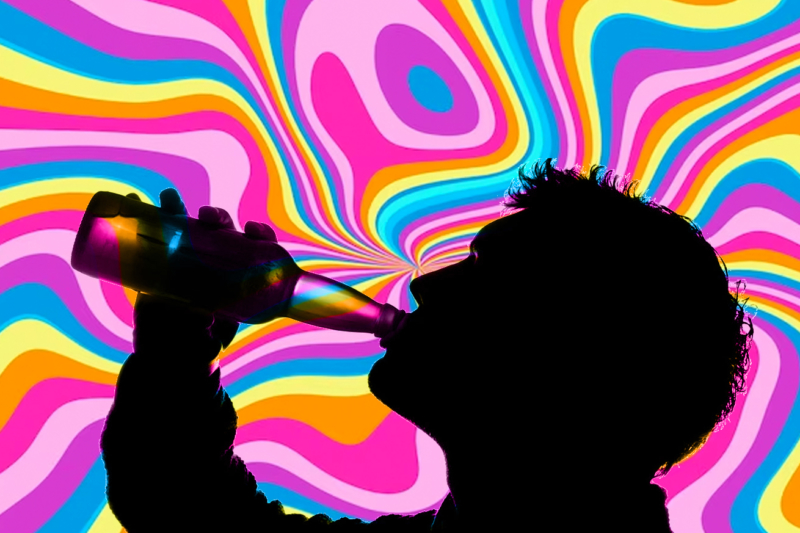
This article was the first to suggest that psilocybin could potentially be used to treat alcohol dependence. Ten participants with alcohol dependence received psilocybin in one or two supervised sessions along with therapy sessions. The study found that abstinence increased significantly following psilocybin administration, and gains were maintained at follow-up to 36 weeks. The intensity of the effects in the first psilocybin session strongly predicted change in drinking and decreases in craving and increases in abstinence self-efficacy. There were no significant treatment-related adverse events. These findings suggested the potential efficacy of psilocybin in treating alcohol addiction and provide a rationale for larger controlled trials to investigate mechanisms and efficacy. We can see the influence of this paper nearly a decade later through the development of next-gen psychedelics to treat alcohol dependence at the by certain biotech companies.
11. Honorable mention: L. S. D. 25 As an Aid in Psychotherapy by A.K. Busch and W.C. Johnson. Published in August 1950 in Diseases of the Nervous System.

This is one of the very first papers that highlighted the potential of LSD to treat mental disorders. The study explores the use of LSD-25 in the treatment of psychotic patients in a hospital for chronic states and presents one of the first accounts of how the drug affects patients and the way it could be used to treat them. The study found that patients became aware of drug activity in from one-half to one and one-half hours, and maximum effectiveness was observed in from two to two and one-half hours and persisted for as long as eight hours. The drug induced a controllable toxic state within the nervous system, that re-activated anxiety experiences which profoundly influenced the course of their progress. The paper describes how the drug affected 21 patients, noting their effects like “[Patient] became sarcastic and active with medication,” or “Following medication, patient was able to express her feelings; better able to act out her hostility in an acceptable manner. She could discuss her problems.” It is one of the first pieces of research that qualitatively describes the effects of LSD on people with schizophrenia and other mental disorders. In 1950, this paper understood the impact that LSD could have on psychiatry; it detailed how it could provide a way to gain access more readily to chronically withdrawn patients and serve as a new tool for shortening psychotherapy.
In conclusion, the science of psychedelics has come a long way since its inception in the mid-20th century. Through the groundbreaking research of scientists and clinicians, we have gained a better understanding of the therapeutic potential and risks of these powerful substances. From the classic studies of the 1950s to the cutting-edge research of today, we have explored the most cited papers in the field of psychedelic research. These studies have informed subsequent research and helped to build a foundation of knowledge that has fueled the current psychedelic renaissance. The studies highlighted in this article have demonstrated throughout decades the potential of psychedelic compounds, such as psilocybin and LSD, in the treatment of mental health conditions like depression, anxiety, and addiction. This compilation of 11 most cited psychedelic research papers is a great resource for any person interested in learning more about psychedelics to better understand all of their different facets and benefits.
